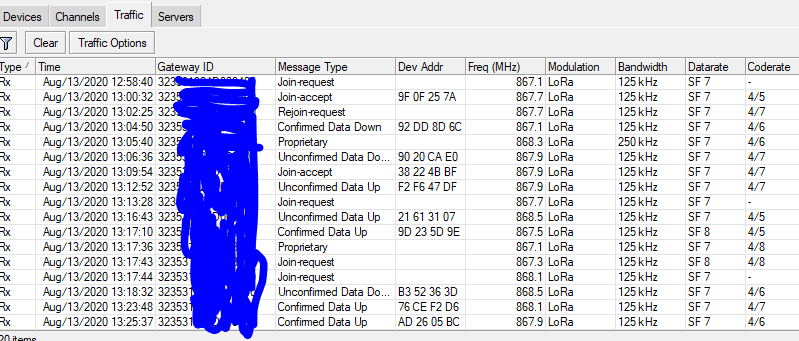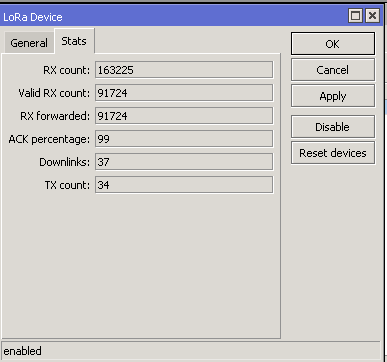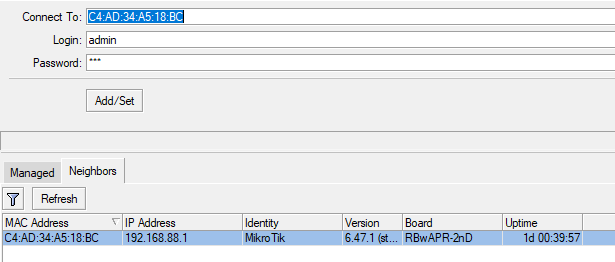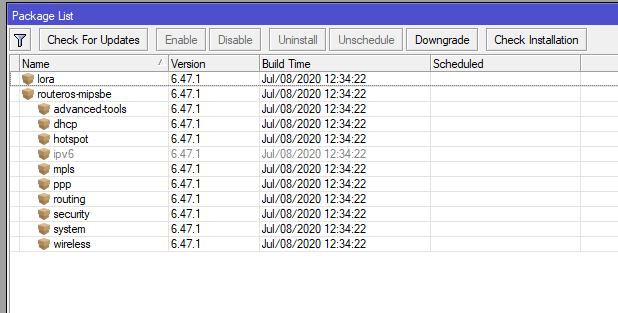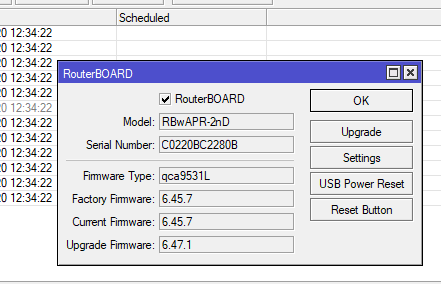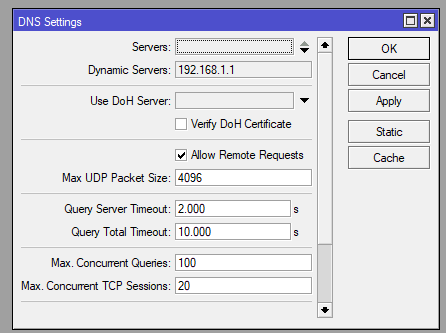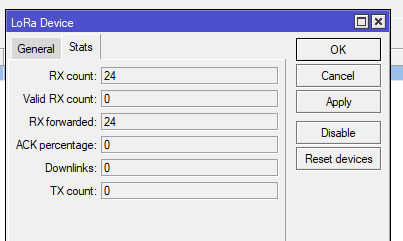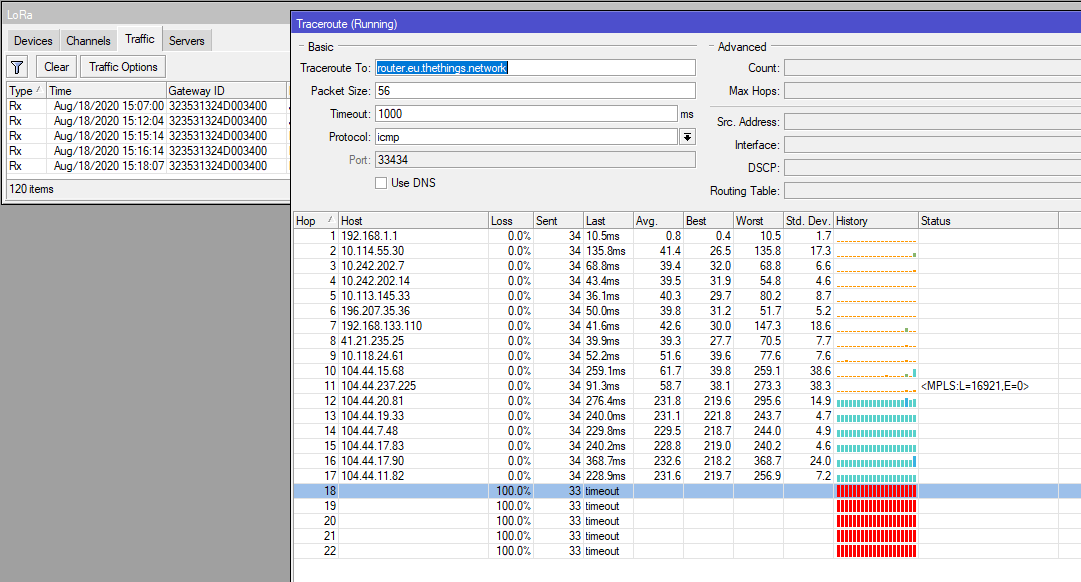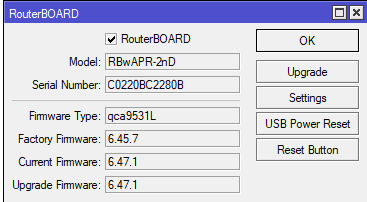It would be a small project to create from scratch, but like the majority of the LoRaWAN-related code I’ve written, the actual implementation I currently have is owned by a client as it is a small and integral piece of one of their systems. Although it came to have a different purpose it started out as a drop in replacement out of desperation for an older, buggy version of the LoRaServer UDP to MQTT bridge, quite literally all I did was lookup “python UDP example” and start grafting on logic to handle the sorts of messages the packet forwarder actually generated and wanted. Later when I switched to a more modern packet forwarder I had to fix a few places where I’d been lazy with the details.
It’s a nice idea, but a lot of work that tends to be justified when there’s a volume of similar boxes people are wanting to use. My impression is that people are already doing this for some of the Multitech boxes (eg, taking the open source build and doing more with it, particular with regard to fleet management for TTN communities), Dragino seems to effectively do it and while I might be mistaken I though Kersing had some past comments about doing a variation of their image with his packet forwarder on it. And then essentially anything based on a pi already is that way, unless someone chooses a vendor install with extra cheese on top.

